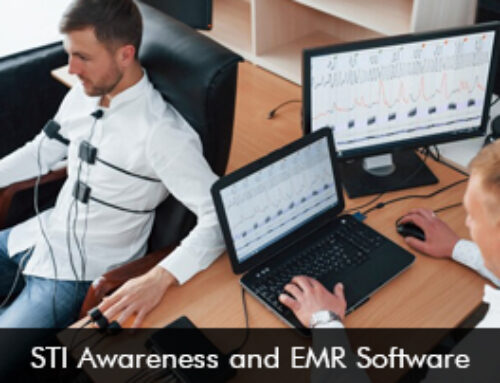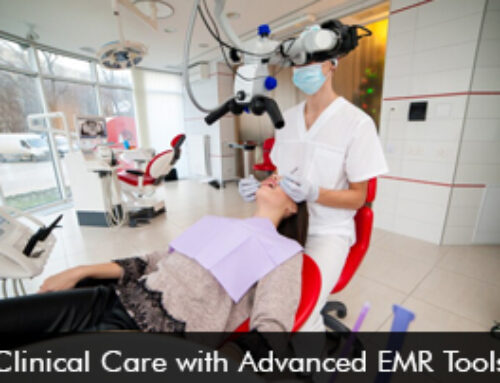Electronic Medical Records (EMR) Software has become an essential component of modern healthcare, aiming to improve efficiency, patient care, and overall healthcare results. However, widespread implementation of EHR Software systems has been fraught with difficulties, including worries about efficiency and clinician burnout.
Addressing Clinician Burnout with EHR Software Efficiency
According to a recent KLAS Collaborative report, early signs of physician burnout can be reduced if healthcare organizations focus on Electronic Health Records Software efficiency. This can be done by providing extra EMR systems training to end users to improve their user experience with the software.
Highlights from the KLAS Collaborative Report
The data from the KLAS research report has been developed by collecting statistics and insights from 20,229 clinicians and 32,782 nurses between January 2022 and August 2023.
The following takeaways have emerged from the report:
- Physicians have noticed a slight decrease in clinician burnout levels from 2022.
- Clinician burnout levels have declined marginally because healthcare organizations have initiated programs that can cut down on burnout levels.
- Staffing shortages are the main reason that can lead to increased burnout.
- Healthcare providers expressed more burnout associated with EMR Software technology as compared to nurses.
- Electronic Medical Records Software can help mitigate burnout by making way for efficient workflows and reducing repetitive tasks due to automation.
- Early stages of physician burnout are easier to manage than full-blown burnout experienced by nurses and clinicians.
The Role of Additional EHR Software Training to Address Clinician Burnout
Additional EMR software training can help reduce clinician fatigue by improving competency and building a positive relationship between healthcare practitioners and technology. With the ability to effectively navigate EHR systems, doctors who have received thorough training can devote more of their time to patient care by cutting down on the amount of time they must spend on administrative duties.
Along with covering the technical aspects of using an EMR Software System, the training process also explores customization choices, workflow optimization, and resolving particular pain points. Training sessions from software vendors foster a supportive environment where clinicians may comfortably employ advanced capabilities, adjust to updates, and provide vital feedback for continued improvement. This is encouraged by continuous learning and communication within healthcare teams.







